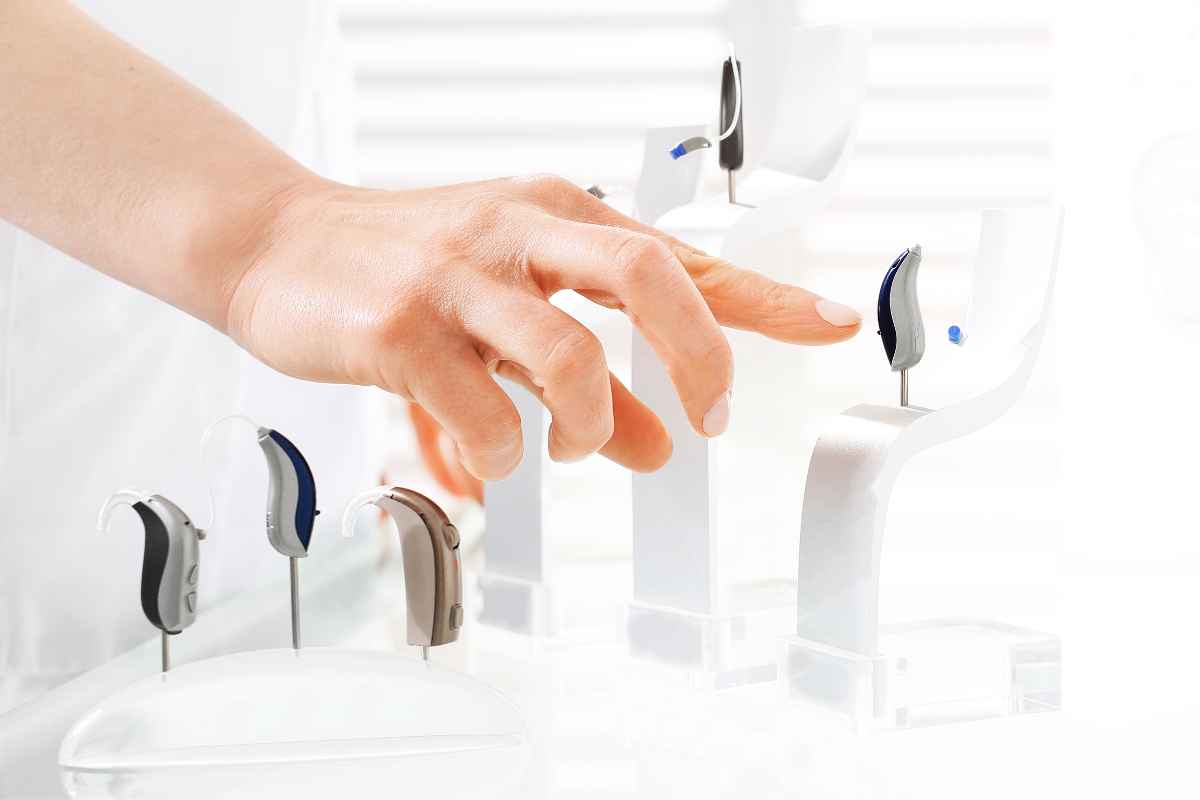Hearing aids are an essential tool for people with hearing impairments. They can help people to hear the world around them more clearly and participate in conversations, which can improve their quality of life considerably.
It is possible for hearing aids to be fitted to another person, providing that a new set of custom molds are made. This process would require a qualified audiologist to remove the old earmolds from the hearing aids, then create a new set of custom molds to fit the new owner’s ears.
Other factors, such as the specific design of the hearing aids and their condition, will impact whether they can be fitted to another person’s ears.
In this article, we’ll discuss whether you can re-fit hearing aids to another person and the various ways that this can be achieved.
How to Fit Hearing Aids to Another Person
Although it is possible in most cases, fitting hearing aids to another person isn’t always straightforward. It’s very important to always start by seeking the expert opinion of an audiologist.
Firstly, hearing aids are designed specifically for the needs of an individual. Variables like the level of gain they are designed to provide may not match what another person needs for their degree of hearing loss. Therefore, using them could be harmful to their ears.
Moreover, hearing aids come equipped with custom earmolds. These molds are made based on the shape and size of the owner’s ears, so for another person to use them, they will need to get them re-molded.

Using another person’s custom molds will not provide the same hearing aid comfort or effectiveness level, and they may fall out more easily or cause tension if they’re oversized.
Before altering earmolds, it’s worth checking the hearing aid company’s service warranty. The warranty may be voided if you attempt to fit them to another person.
Can You Get Hearing Aids for Someone Else?
There are some hearing aids available that are designed to fit all ears and come with adjustable settings to accommodate varying levels of hearing loss. On the surface, it may seem like these would be the best options to buy for another person.
Unfortunately, while they can be less costly, these universally fitting hearing aids are unlikely to be as comfortable or effective as custom-molded options designed especially for the individual’s needs.
In an ideal world, an audiologist or ENT specialist should assess the person to determine the exact hearing condition they are suffering from and whether they need a hearing aid. If they do, the professional can decide on the right type of hearing aid for their particular level of hearing loss.
It is also vital to consider the type of hearing aid that is going to work best for the person’s hearing loss.
For example, behind-the-ear hearing aids may be perfect if there is excessive earwax buildup or drainage in the ear canal, which could potentially cause damage to an in-ear device.
It’s also important to think about the specific circumstances of the person. If they are elderly, a big hearing aid with easily replaceable batteries may work best, but this may not be necessary for younger people.
Before getting the hearing aids, find out what the wearer likes in terms of color and design to ensure that they are happy with their aesthetics.
Related Questions
Can hearing aids be adjusted remotely?
Many hearing aid manufacturers and professionals offer remote adjusting and servicing of their devices. This means that even if you’re sick or unable to leave your home for any reason, your hearing aids can be fixed or altered when needed.
Can old hearing aids be reprogrammed for someone else?
As long as they’re in full working order, hearing aids can usually be reprogrammed to suit another person’s needs. The earmolds will be removed and replaced, and the gain settings will also need to be changed depending on the new owner’s requirements.
What should you do with hearing aids that are no longer needed?
If your hearing aids are no longer needed, you can donate them to various organizations that will refurbish them or re-use the parts to create hearing aids for other people. A quick search online will provide you with many options to send them to.
